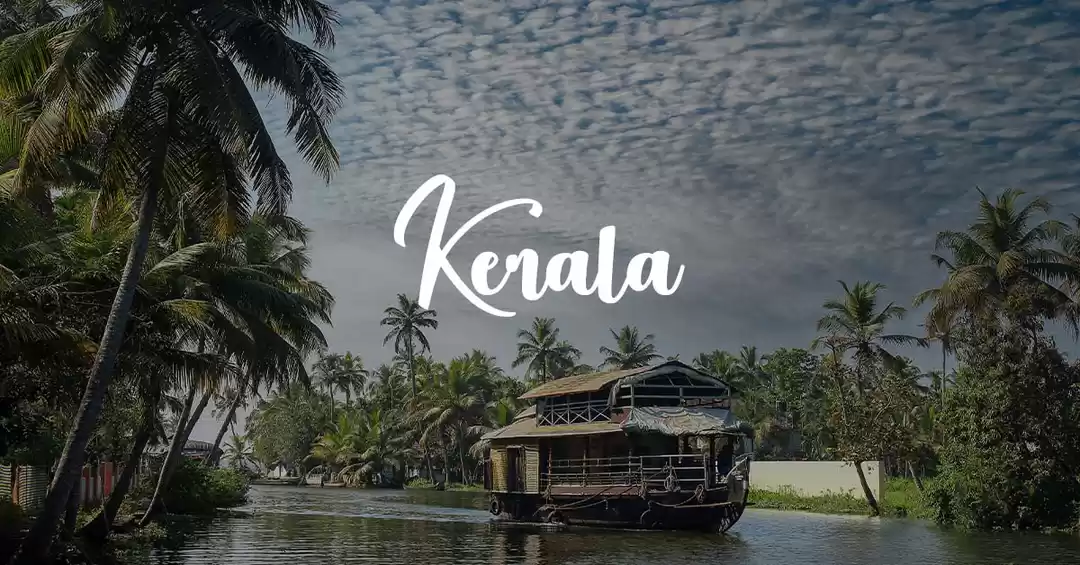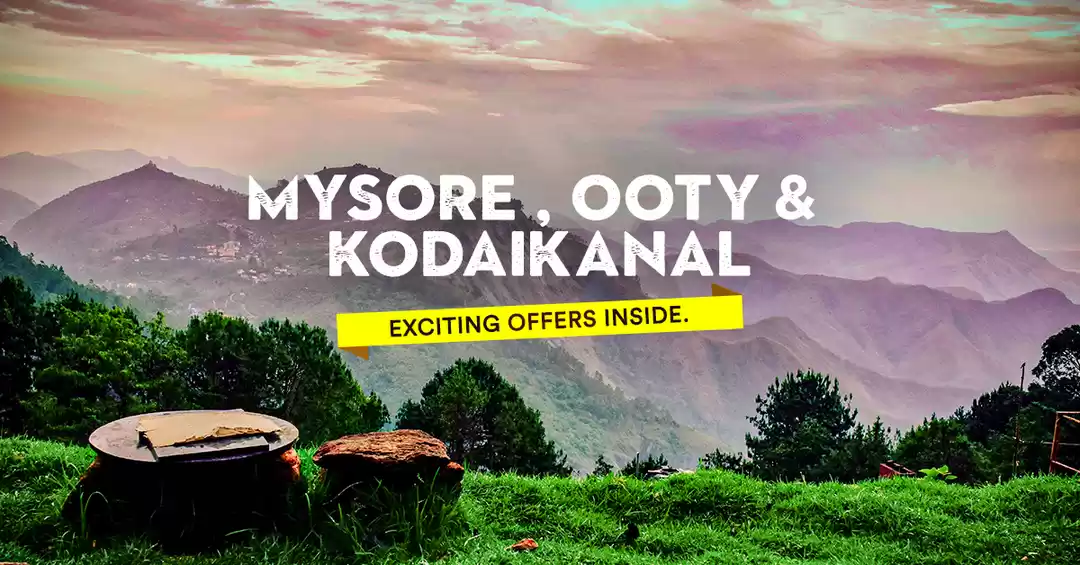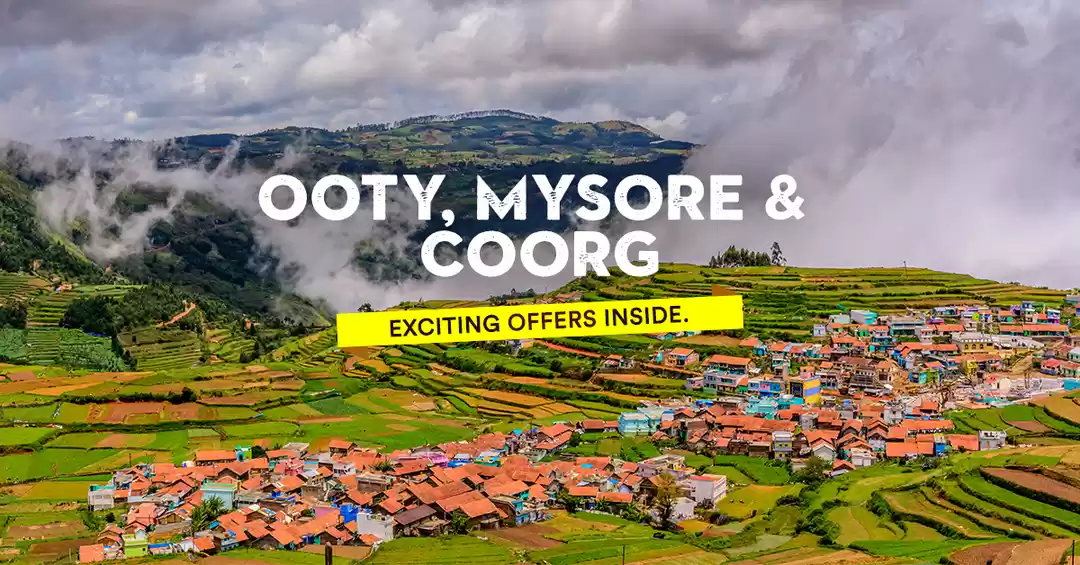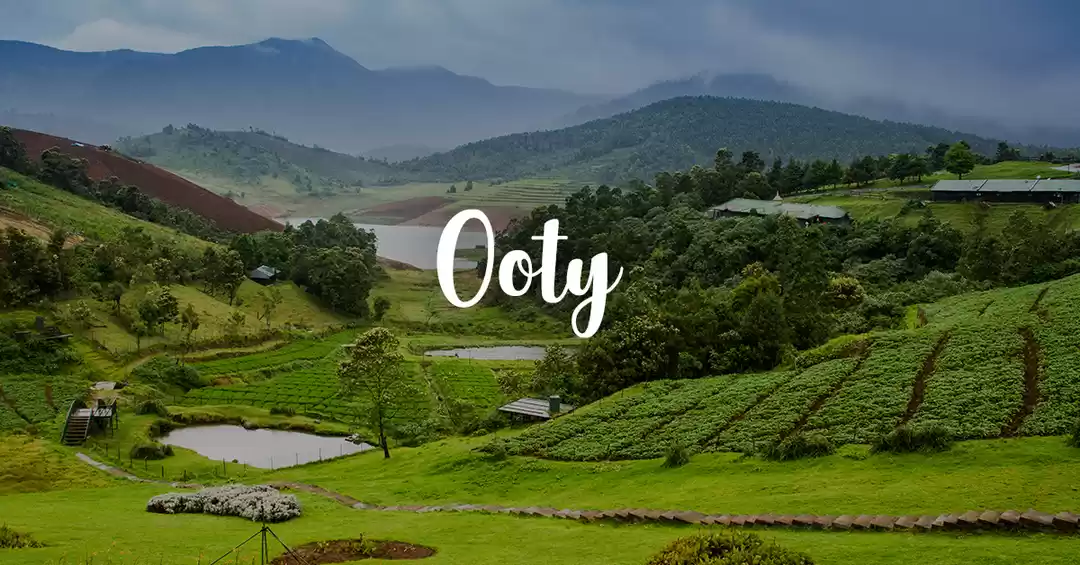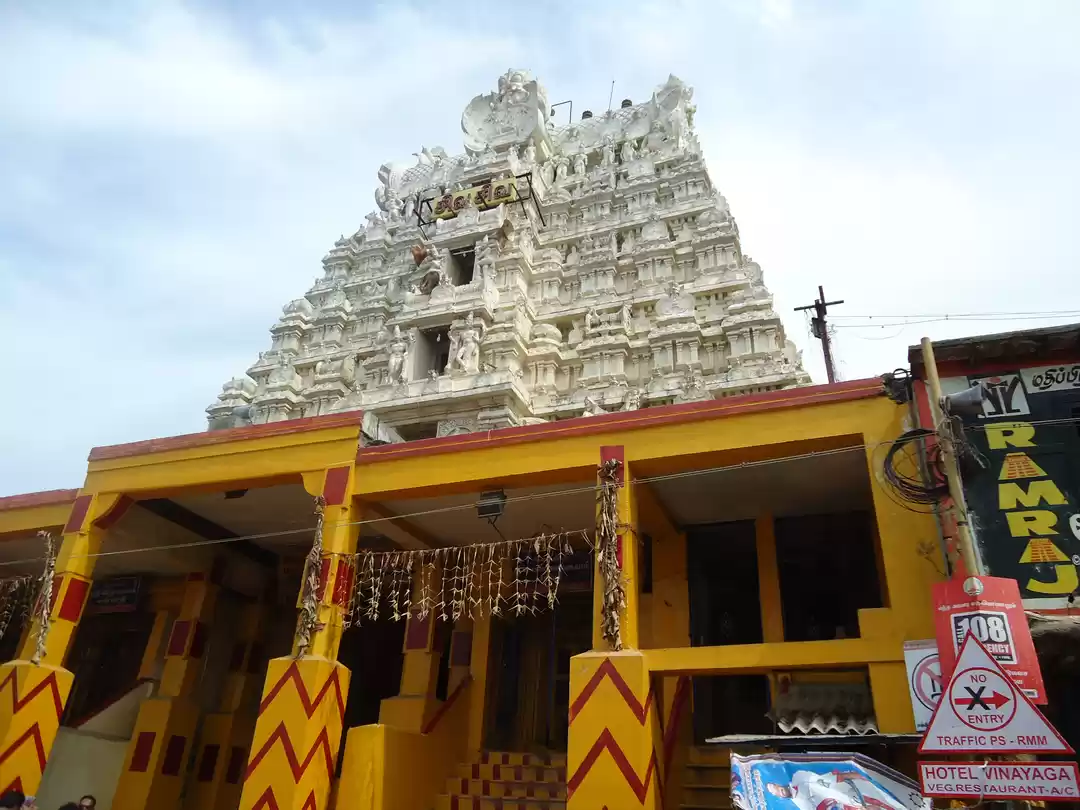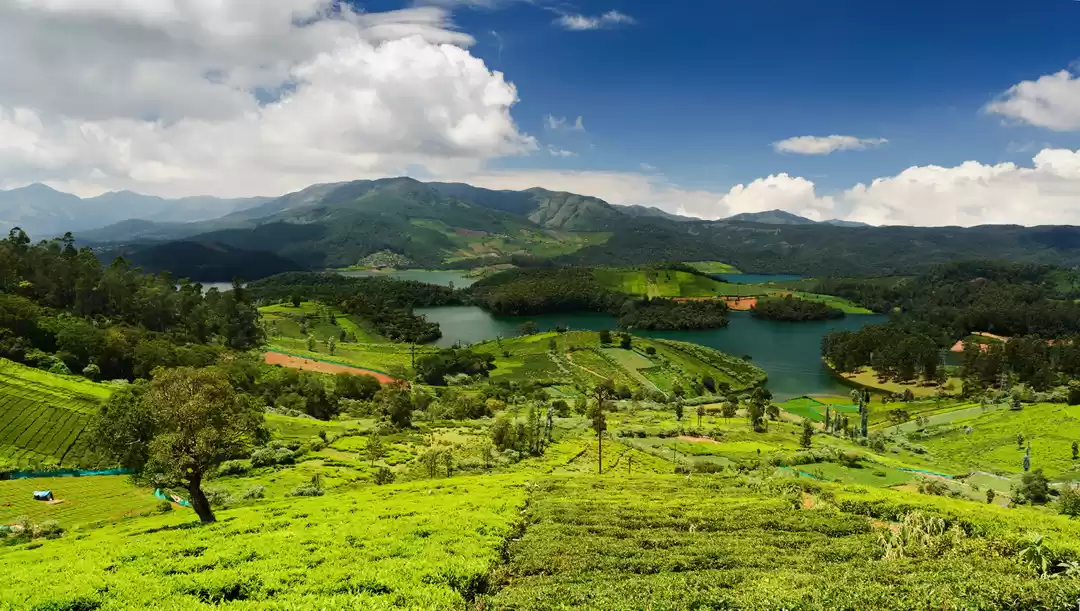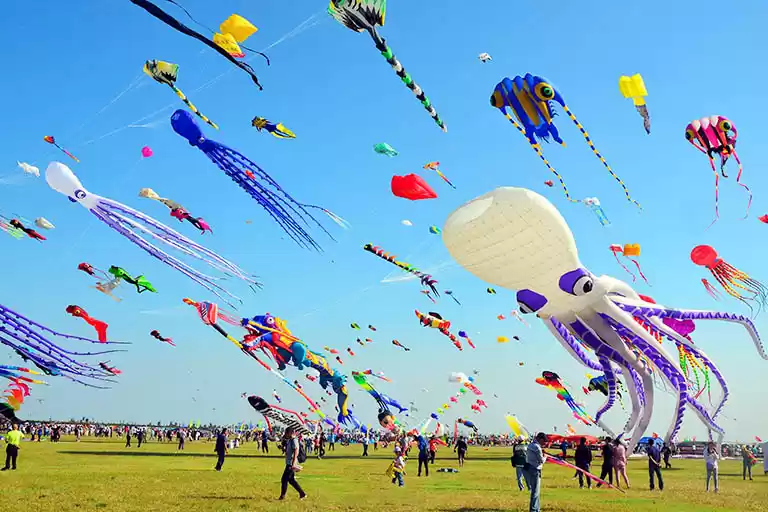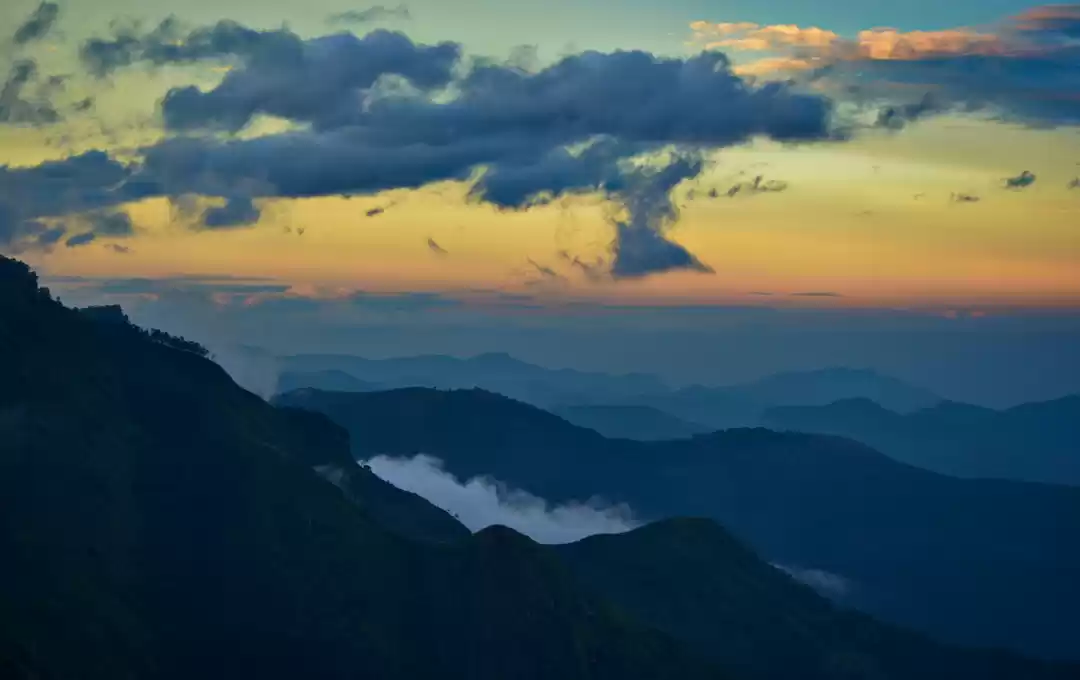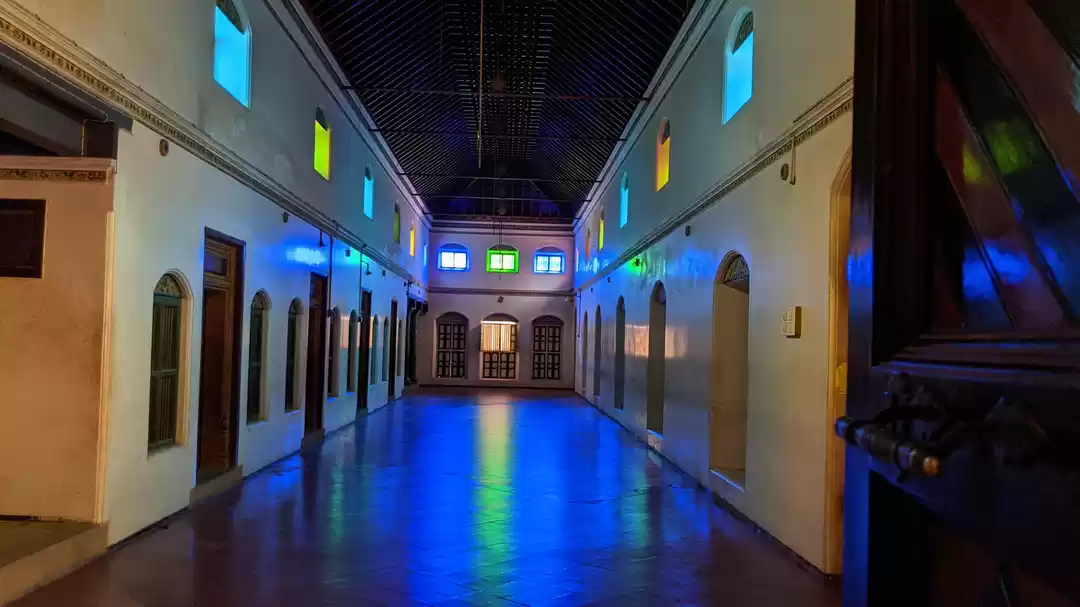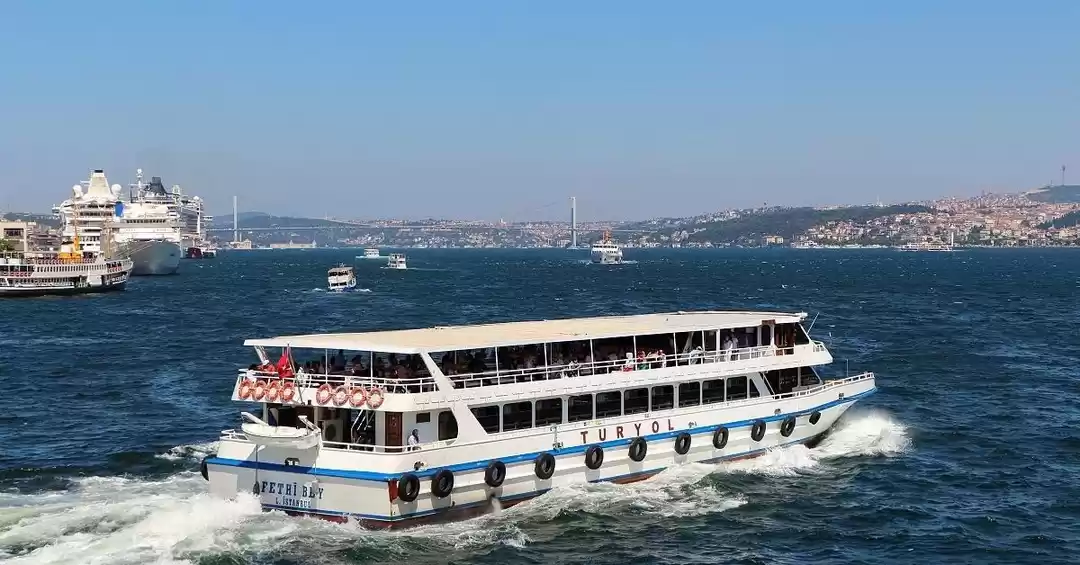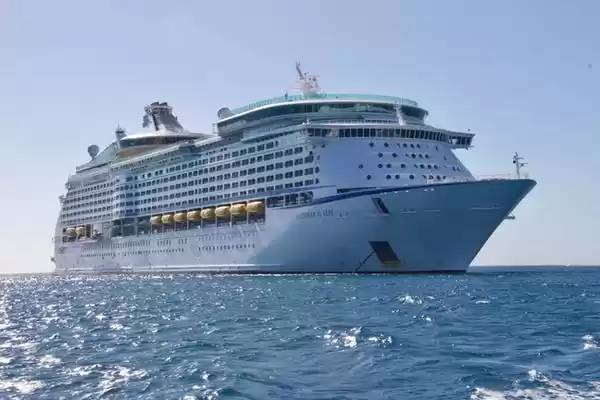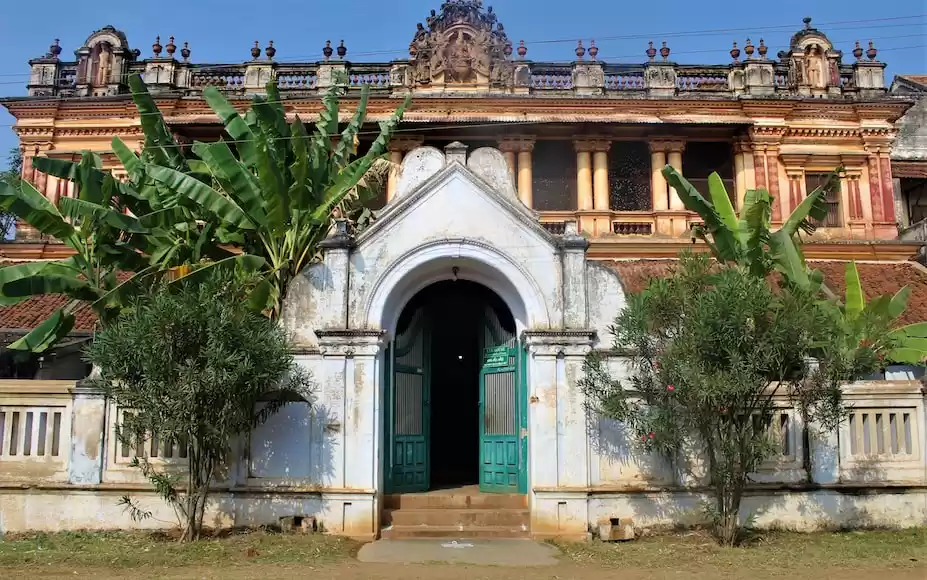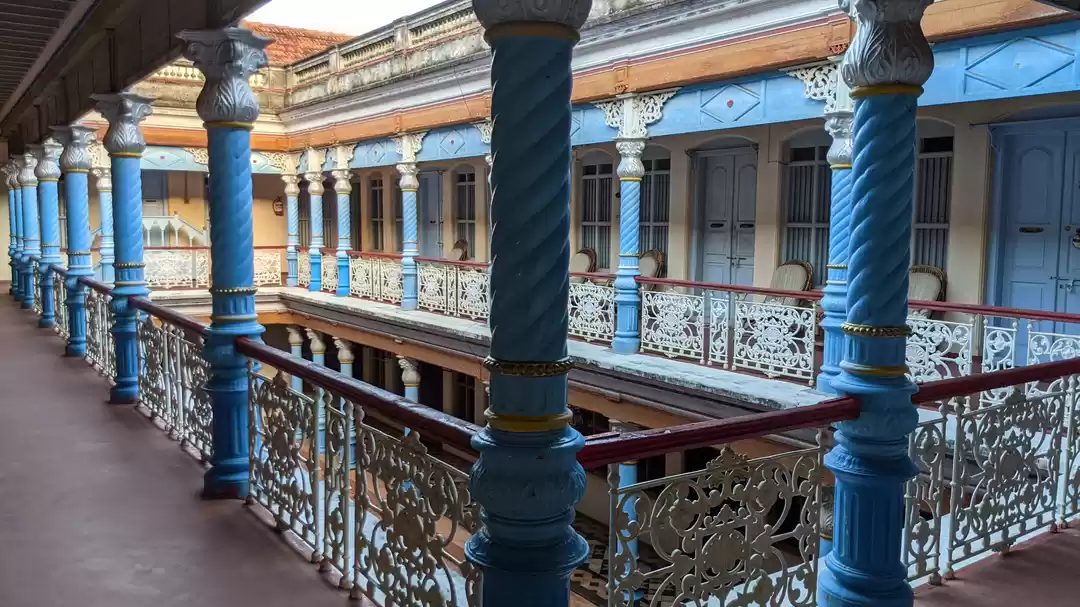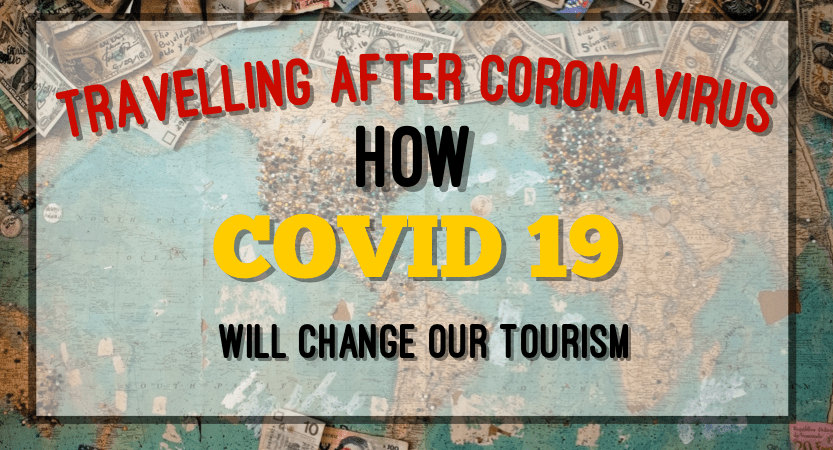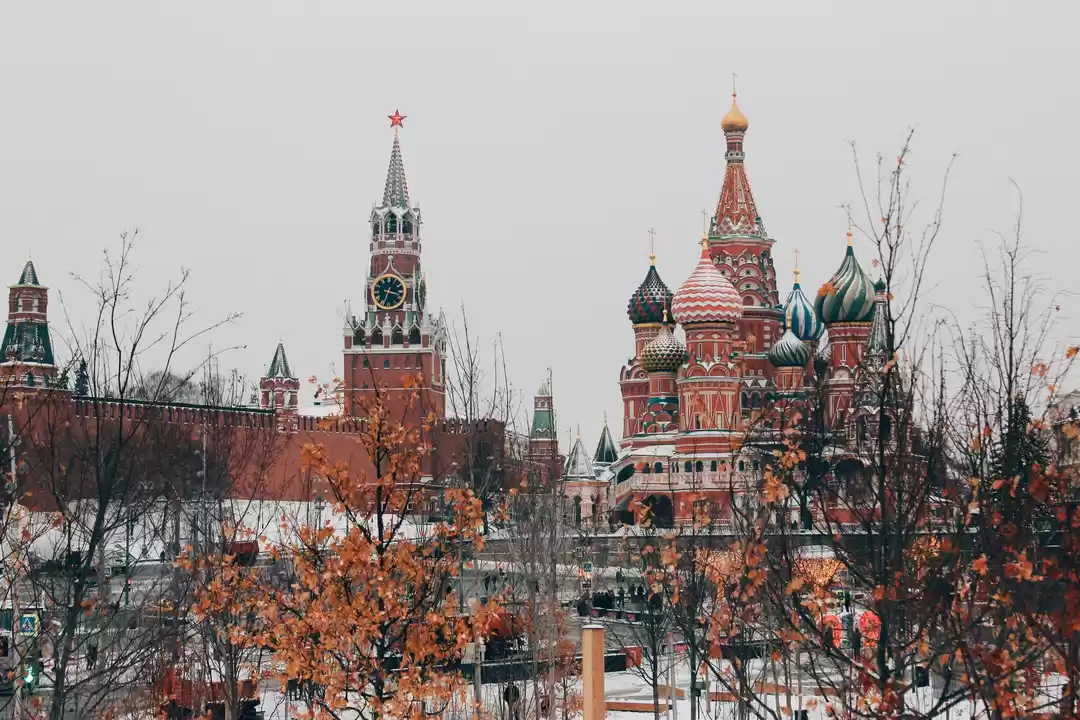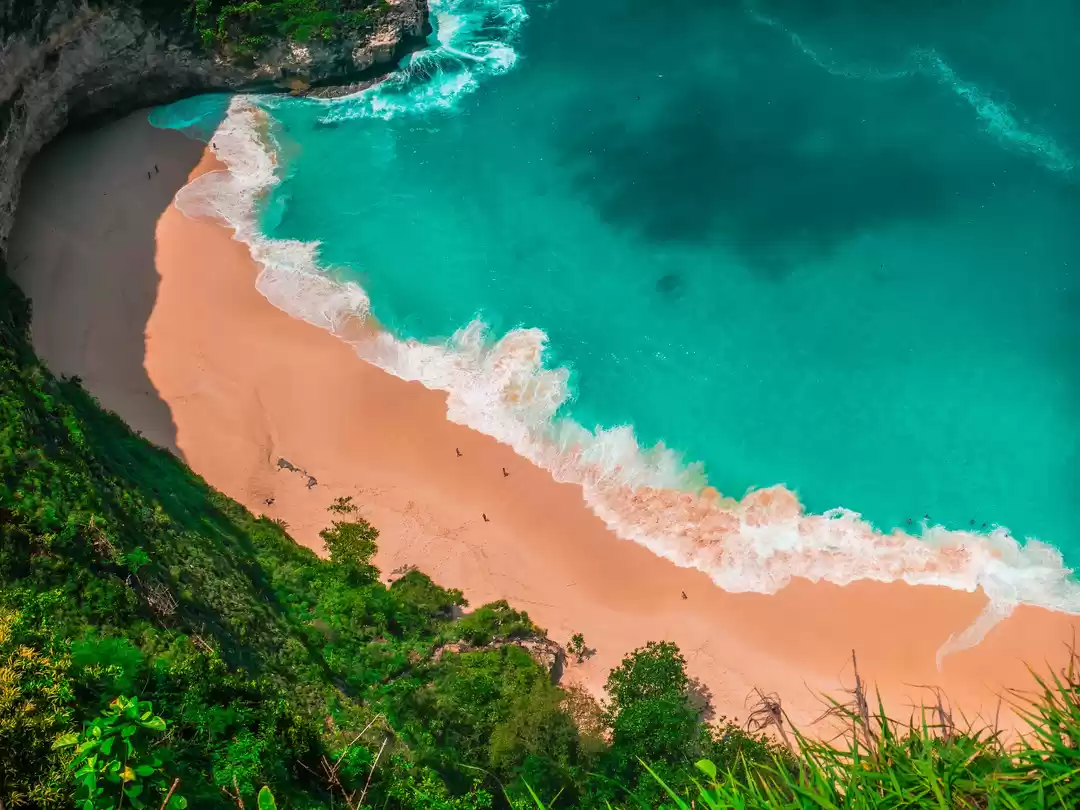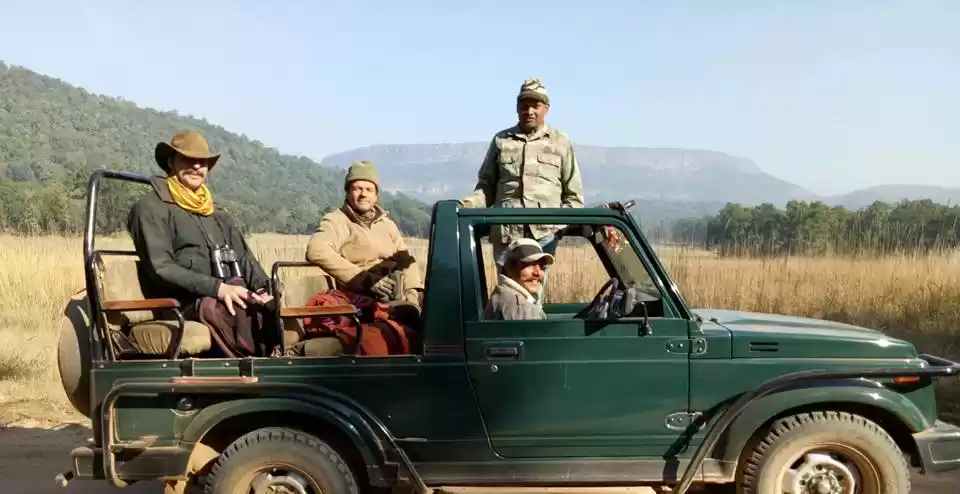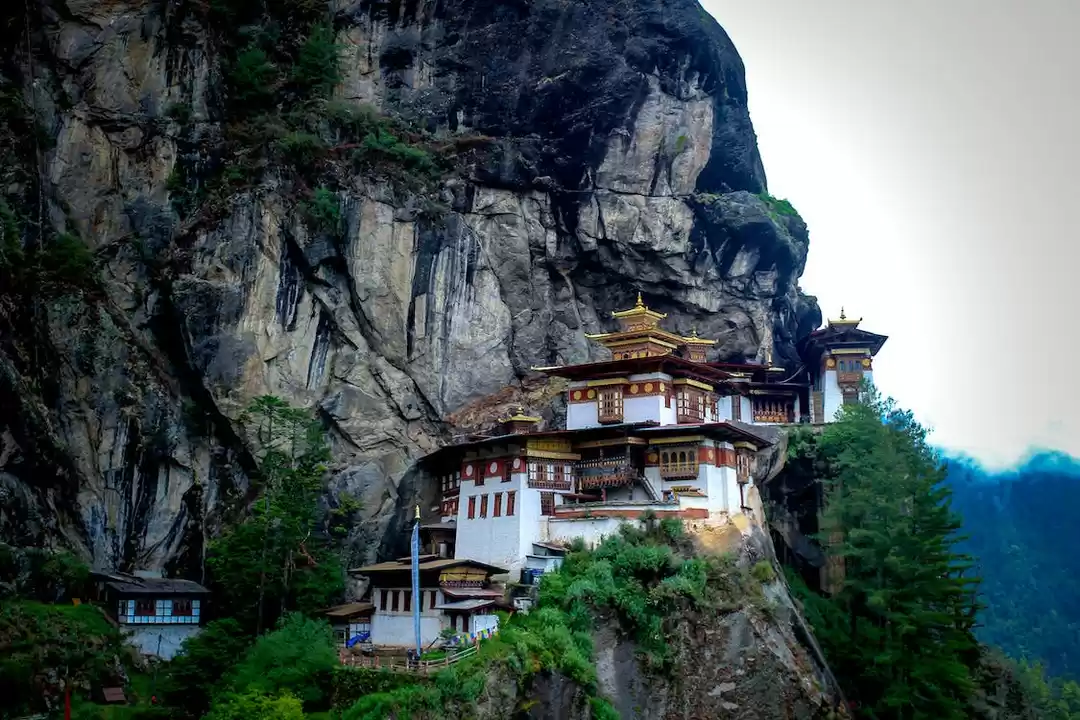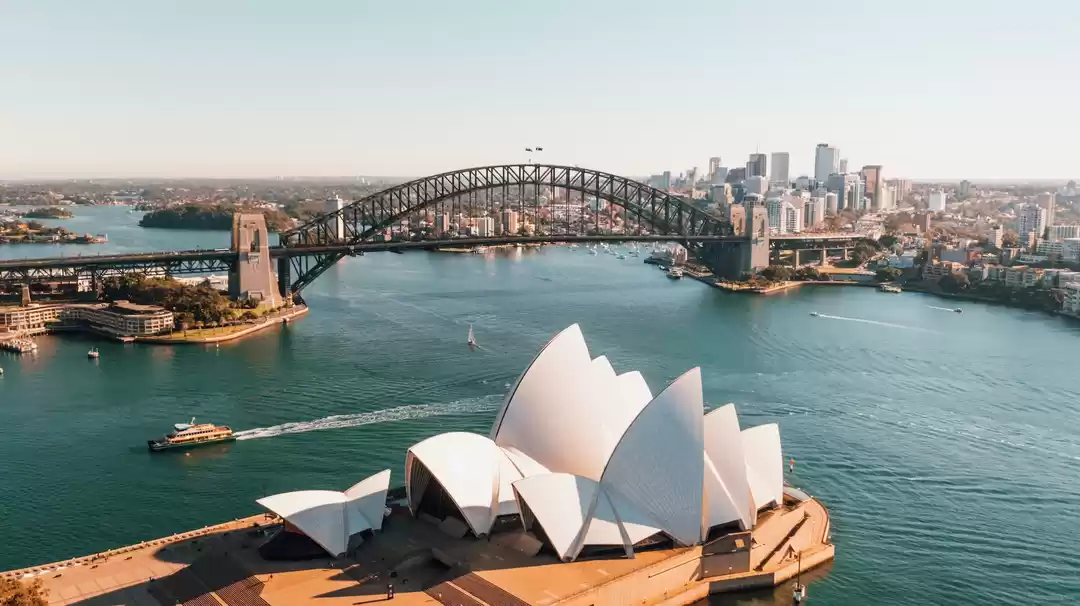
It had been nearly a year since I had traveled. I sat up at 5 AM, as my bus pulled through a remote corner of Tamil Nadu. A broken down National Highway Authories of India stop with an even more neglected barricade caught my attention. A villager and his family sat huddled around an open fire over which they were boiling coffee. I observed their ragged clothes, as I waited restlessly to stretch my legs and begin my journey. It got me thinking - how has the pandemic affected travel to the villages of India?
Later in the day as I climbed into an autorickshaw, I started chatting with the driver who doubled as my tour guide. As I learnt about the local landscape and way of life, I began asking him about how Covid-19 has affected his work.
Checking-in to reality
Maari, my autorickshaw driver, was only partially vaccinated but recognised how his sleepy village is better-off with tourists visiting. During the pandemic, he would depend on the few passengers who would call him for transport to and fro weddings. With a family to feed, this income wasn’t much to support him. But the same was true of local vendors and villagers who depend on tourism for their livelihoods.
The road to recovery is a bumpy one. With domestic tourists visiting over long weekends, the hotels are forced to hire only part-time staff. Like the restaurant I’d visited for lunch which was unprepared to welcome tourists but in dire need of the income. The owner alternated between serving guests to screaming orders into the kitchen between breaths. He was apologetic about the limited menu. Covid-19 had eaten into his savings and his inventory of ingredients was low.

Facts and figures
These patterns though had come to light long before urban dwellers decided to travel once again. Post the second wave and vaccine drives, tourists began feeling safe about exploring destinations. However, the rural economy was already suffering due to the out-of-pocket expenses and lack of income. About 60% of the rural income is attributed to non-farm activities. By May 2021, monthly unemployment rates had reached around 10% leaving many locals struggling to make a living. Tourism had been a large, overall contributor to the Indian economy. The Ministry of Tourism in India has recorded significant reduction in inbound tourism since Covid-19. A reduction of 83.1% in 2021/20 indicates that the pandemic’s effects are here to stay with much of the remote villages bearing the brunt of it, financially.

There are two sides to the coin
Travel has changed since the onset of Covid-19. Most urban dwellers opt for remote villages that are quaint, untouched and devoid of crowds so they can travel safely. After Covid-19 there’s another deadly trend, that of ‘revenge travel’. The former couch-potato has now turned tourist to off-beat locations, yearning to live the life they’d perhaps missed out on. But this means the environment around the once untouched villages is now under attack. With tourists visiting in hoards and rural towns in need of the income, the natural beauty and balance is getting lost. Tourists visit and leave an ugly mark behind for the locals - garbage which the rural infrastructure is not equipped to handle. Which brings me to my next point:
Finding the sweet spot
For centuries as cities swell and expand, we’re all fighting hard to find balance and co-exist with our environment. Whether it’s the increase in wildlife that’s entering village settlements or the beauty of snow-capped peaks that’s depleting - as we find new paths to explore, we also leave behind a trail of destruction. And this has been an issue long before the pandemic has affected us. It’s why organisations like Healing Himalayas exist with a singular aim of cleaning the environment and getting travelers to join hands with them as they do so, responsibly. Or why people like Subash Chandran combine their love for diving and cleaning the ocean. The rise of sustainable travel and conservation is evident albeit in tiny pockets. But the need for it can't be ignored.
The brass tacks
I put out a poll on my Instagram recently asking people if they felt that revenge travel has ruined remote villages. And 97% of the respondents believe it has. But having spent my childhood in a village where we had to constantly cope with month-long power outages, stolen telephone wires and the lack of income from agriculture, I can empathize with Maari and the many locals who welcome the surge in tourism and non-farm economy.
The urban-rural divide in the economy has only been enhanced by the pandemic. While many of us are concerned about choosing the perfect 4X4 to drive to our next vacation, many villagers like Maari are struggling to simply feed their families three, full meals.

I urge you to choose a homestay, a local experience or contribute towards the income of a rural family in need. But I also encourage you to do so responsibly. Make sure you take the necessary steps to travel responsibly so we can not only support the livelihoods of the locals but also conserve the raw beauty of rural India, for our future generations to experience.
While the reality might be a hard pill to swallow, it's important that we become a part of the solution. Even if it means by tiny increments that will hopefully add up to larger, positive impact.
Ready to travel for free? Earn credits and redeem them on Tripoto’s weekend getaways, hotel stays and vacation packages after the pandemic is over!
Explore the best of travel inspiration on Tripoto Instagram!






